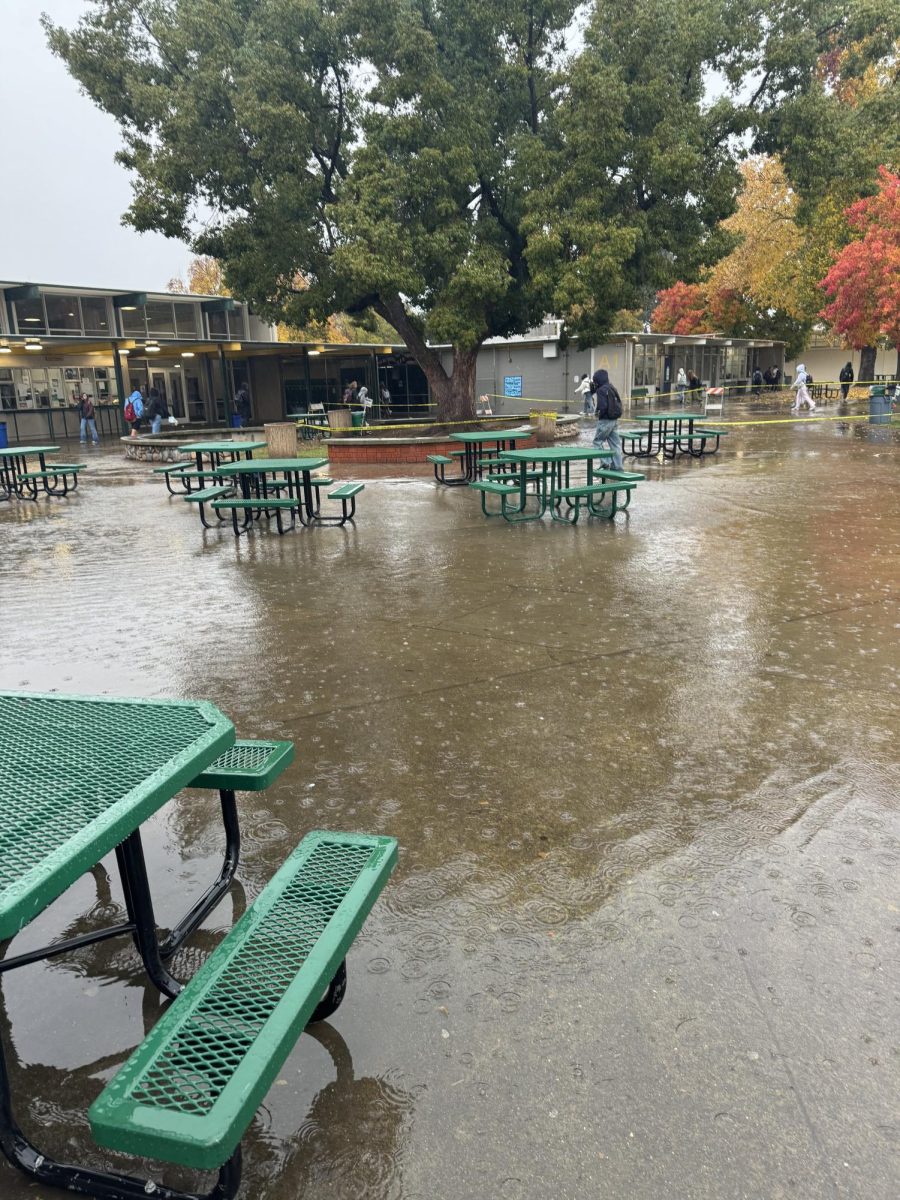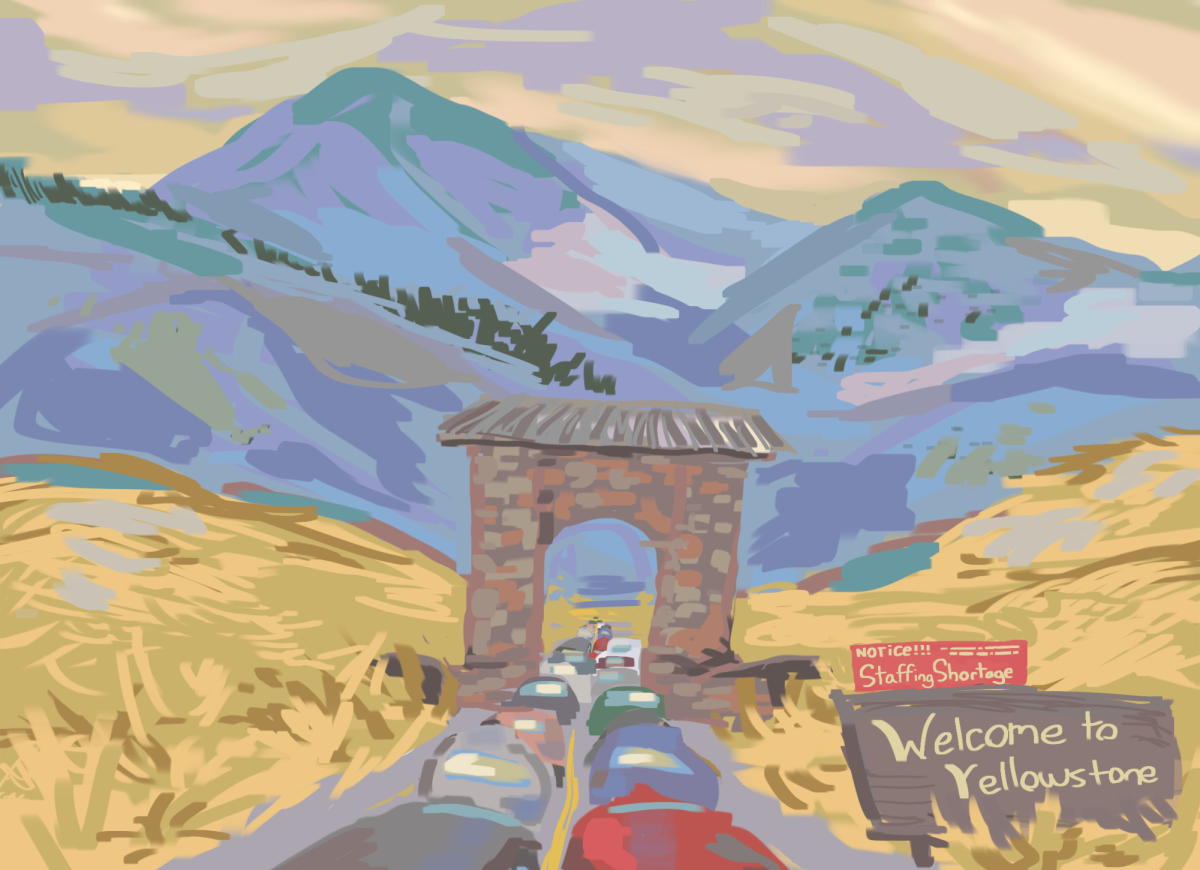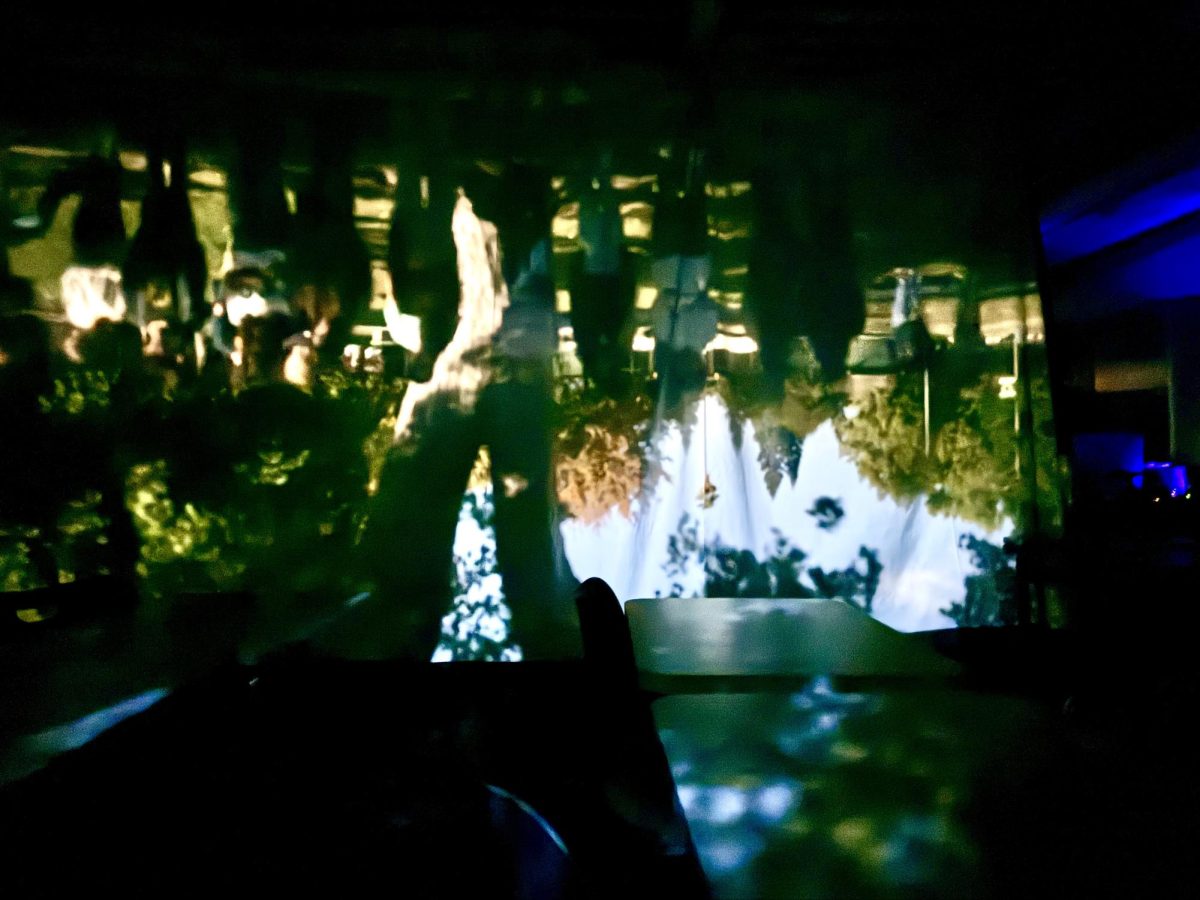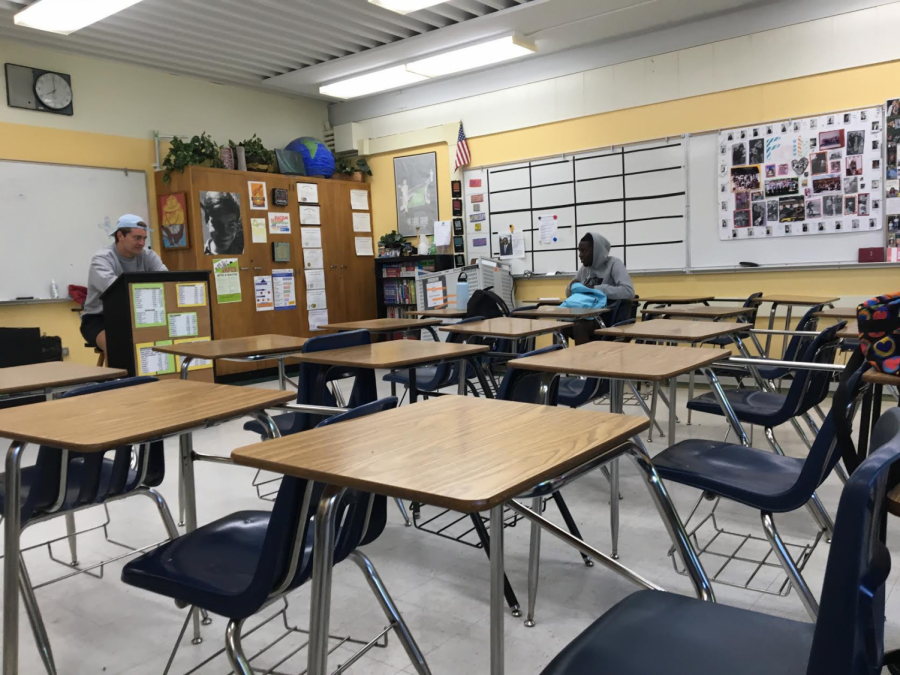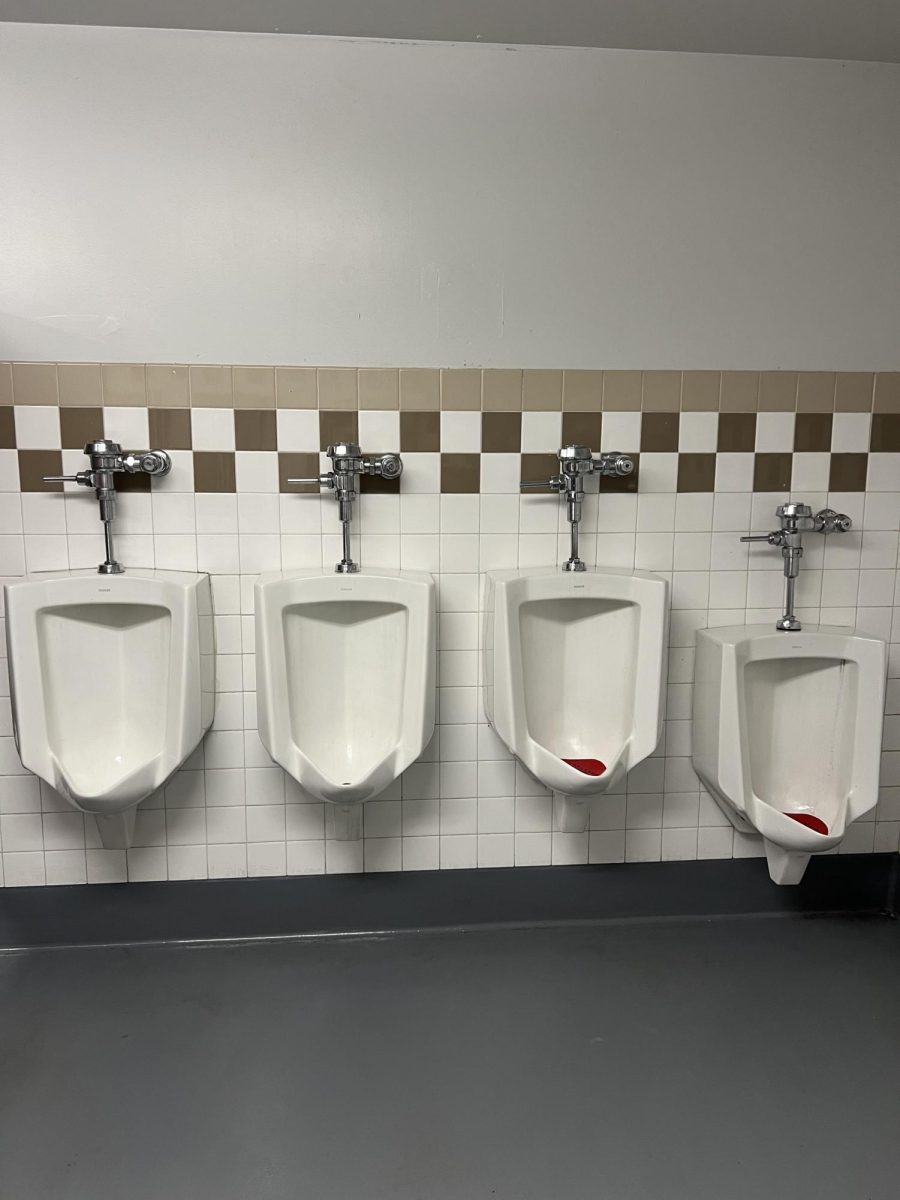For the past month, cars have lined up outside of California’s beloved Yosemite National Park, spending hours barely inching forward. This has become the new reality following the recent budget cuts and mass layoffs facing the National Parks Service under the Department of Government Efficiency’s efforts to limit unnecessary spending.
Over 1,000 National Parks Service employees have been laid off since January, according to CBS News. Since then, parks hours have shortened, programs have been cut and wait times for entry have shot up.
The National Parks Service is the most highly favored federal agency, Pew Research Center found. This agency protects and facilitates public access to the 63 national parks across the country, as well as the nearly 400 other monuments, forests and protected areas.
The preservation of these lands has been important to American history for over a century. During Theodore Roosevelt’s presidency, he established hundreds of national parks, forests and monuments, adding up to about 230 million acres of public protected land.
Since then, it has been part of the duty of the American government to sufficiently protect these lands, and the wildlife that resides there.
This aspect of United States history is ingrained in our culture. Every year, hundreds of millions of people visit the lands protected by the National Parks Service. Both domestic and international tourism is heavily influenced by these lands and public access to them.
The National Parks Service having the workforce and funding allowing them to properly protect the wildlife is vital to environmental protection on a global scale. According to Protected Planet, nearly 13% of all of the world’s protected lands are located in the United States, meaning they are under the protection of the National Parks Service.
The mission of the National Parks Service is to “[preserve] unimpaired the natural and cultural resources and values of the National Park System for the enjoyment, education, and inspiration of this and future generations.”
In 2018, the World Wildlife Fund reported that populations of mammals, birds, fish, reptiles and amphibians declined by 60% on average between 1970 and 2014. The protection of American wildlife by the National Parks Service is important in the prevention and slowing of further declines and harm in wildlife populations.
Already, posts all over social media have gone viral showing visitors waiting hours to just enter a national park, even during the offseason. The layoffs and budget cuts have had immediate harmful effects on thousands of Americans.
The federal government is doing its people a disservice by laying off vital workers and removing funds for programs that not only create massive amounts of tourism for Americans and beyond, but also for services that are more valuable than ever as we work to prevent climate change.











